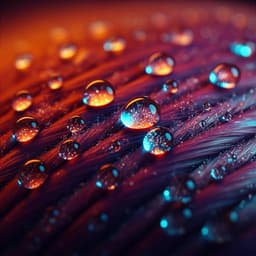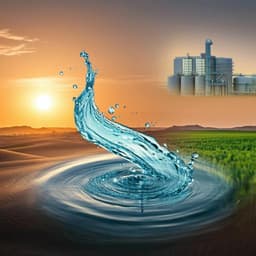
Environmental Studies and Forestry
Quantitative Raman analysis of microplastics in water using peak area ratios for concentration determination
E. S. Jung, J. H. Choe, et al.
This groundbreaking study unveils an innovative Raman spectroscopy technique for the effective analysis of microplastics in deionized water. Led by Eun Su Jung and colleagues from Chung-Ang University, the research showcases a robust calibration model that ensures high accuracy in detecting pollutants in aquatic ecosystems.
Playback language: English
Related Publications
Explore these studies to deepen your understanding of the subject.







